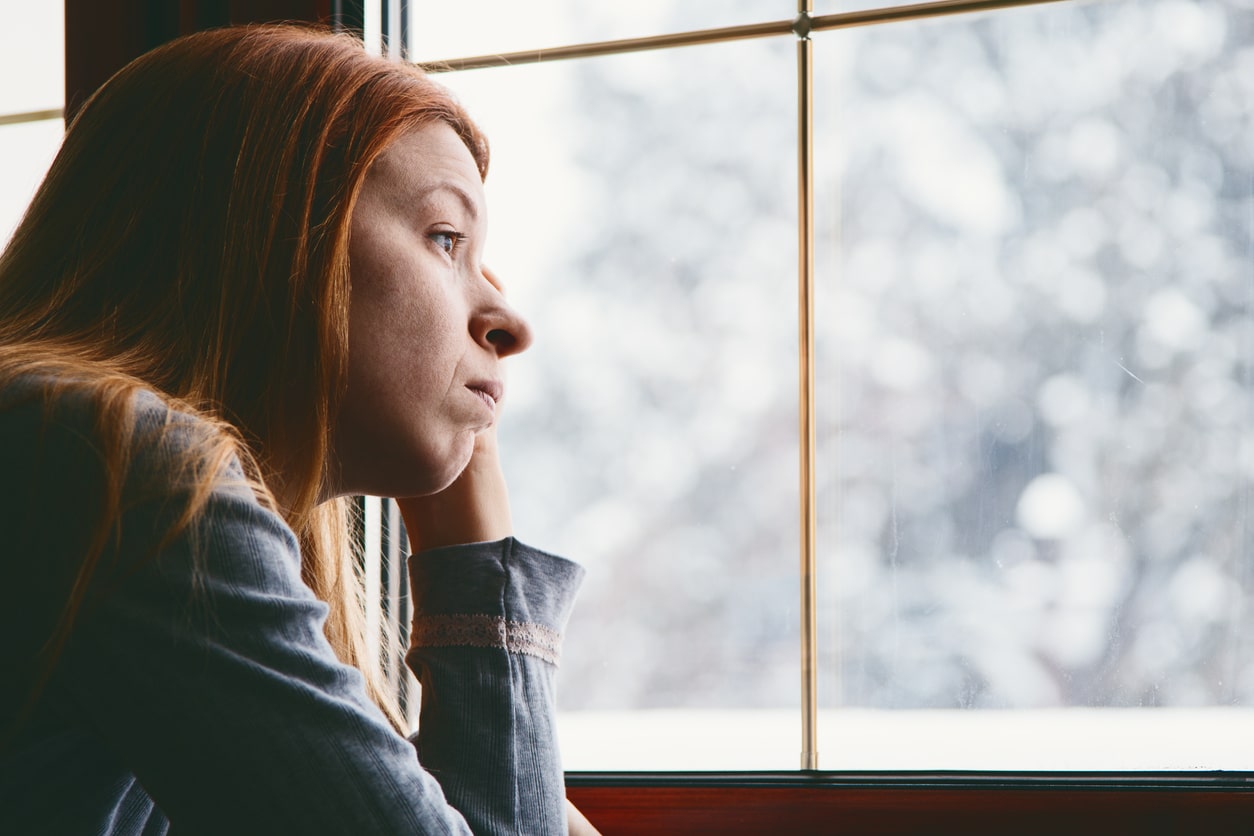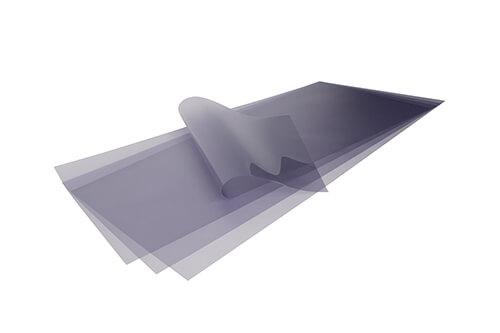Seasonal affective disorder (SAD) is a form of depression. It’s a mood disorder that’s linked to changes in seasons. Its symptoms start in the fall and can continue throughout winter – zapping your energy and making you moody.
SAD has an incidence rate of 4-6%, as reported by the American Academy of Family Physicians. It’s common in women, young people, and individuals with bipolar and other depression disorders. People living in higher latitudes are also more susceptible to SAD.
While its exact cause is unknown, theories highlight the disruption of the 24-hour clock (circadian rhythm) that regulates the body functionality during the waking and sleeping hours – as a probable cause. The disrupted rhythm, in turn, interferes with the production of hormones, such as melatonin and serotonin, which regulate mood, sleep, and other feelings.
Despite the unknowns, Deborah Pierce, MD, MPH, and clinical associate professor, says, “It is important to treat SAD, because being a form of depression, it limits people’s ability to live their lives to the fullest, to enjoy their families, and to function well at work.”
Here are five strategies to combat seasonal affective disorder.
1. Know the Symptoms of Seasonal Affective Disorder
The first step in combating something is recognizing its existence. Thus, strive to understand the signs of SAD to easily recognize the disorder.
Symptoms of seasonal affective disorder include:
- Lack of energy
- Overreacting
- Cravings for carbohydrates
- Feelings of sadness
- Profound mood shift with weather/season change
- Insomnia or sleeping too much
- Disinterest in sex and other pleasurable activities
As it is a form of depression, seasonal affective disorder is best diagnosed with the help of mental health professionals.
According to Dr. Pierce, “There are several screening questions that can help determine if someone is depressed…. Your doctor will be able to sort out whether you have SAD as opposed to some other form of depression.”
Once you’re sure you’re experiencing SAD, seek professional treatment or take measures to ease or alleviate the symptoms.
2. Avoid Blue Lights (Especially at Night)
According to a Harvard Health Letter (2012), the modern life (brought about by digital devices) may be great for agility, but not for health.
At night, light disrupts the circadian rhythm, which, in turn, affects your sleep – increasing the risk of SAD and other health problems.
For instance, studies have linked working night shifts and exposure to artificial lights to health issues, such as breast cancer, prostate cancer, heart disease, diabetes, and obesity.
Even so, not all lights are equal.
Blue wavelengths are proven to be the most disruptive at night, despite their numerous benefits during the day. They suppress melatonin production – a chemical in charge of the night-time circadian rhythm – more powerfully.
Unfortunately, LED lights and fluorescent bulbs tend to emit more blue light, despite their high energy efficiency ratings. That means the proliferation of screened digital devices and artificial lighting increases your exposure to blue wavelengths – especially at night.
The solution?
- Use dim red nightlights (as the red wavelength is least likely to disrupt the circadian rhythm).
- Wear blue-light-blocking glasses when using digital devices at night or when working nightshift.
- Use fluorescent light covers or light filters.
- Avoid brightly lit screens beginning 2-3 hours before bed.
- Expose yourself to more bright lights in waking hours.
3. Embrace Outdoor Workouts
The gloomy wintry conditions may increase your urge to remain indoors or laze around in bed. That, in turn, decreases the number of set workouts per day.
Nonetheless, people suffering from SAD must get themselves to exercise (especially in the outdoors to reap the benefits of full-spectrum light as discussed in the following sections).
According to Dr. Bea, “Moving your body will compete with that tendency to be sluggish and can produce good brain chemistry.” Thus, engage in winter activities, such as snowshoeing, skiing, ice skating, and snowballing.

If outdoors is a no-go zone for you, engage in your favorite indoor activities, such as running on a treadmill, yoga, and meditation.
The goal here is to activate serotonin and dopamine – the feel-good hormones in the brain – as they are essential in fighting seasonal affective disorder symptoms. See to it that you exercise for at least 30 minutes a day.
On the off chance that you cannot exercise adequately,
Strive to stay connected
Staying connected to friends and family while identifying your support network is essential in fighting SAD. Moreover, having a lively dialogue about the disorder can help create ways to alleviate symptoms of SAD.
As psychotherapist Aimee Bernsteintells explains, “Research shows that those with a larger support network can make behavioral changes easier.”
She therefore advises you to “Create an agreement with your support network to spend time together doing fun things, especially during the winter months, as that will shift your mood and energize you.”
Psychologist Scott Bea, PsyD recommends that you should push or, if necessary, force yourself to interact with others regularly – as making social interaction a habit can lift your spirits.
The key here is to get your attention and thoughts away from yourself.
Dr. Bea notes, “Creating a new social obligation or inviting people into our homes can motivate us because then there’s an obligation to entertain or to spruce up your house. Anything that forces your hand toward activity to being engaged outside of self-awareness would be useful for people with SAD.”
While socializing, follow the laid out guidelines for interacting with each other – to help curb the spread of the pandemic.
4. Let the Sunshine In
If you’re experiencing seasonal affective disorder, you should get outside as much as possible. Take advantage of whatever sunlight is available, bundle up and take a stroll around the park – especially at noon when the sun is brightest.
Be in bright environments if you can, even if it means keeping the blinds open to let in more natural light – for staying in bright environments has been proven to help ease the symptoms of SAD.
See, sunlight triggers an increased level of serotonin secretion, a chemical associated with calmness and better moods.
To better your odds of receiving more sunlight, wake up early to experience a relatively “longer” day or…
Take a winter vacation to warmer climates
Experts agree that traveling to warmer climates during the fall can help alleviate symptoms of SAD.
You’re not only escaping overcast skies and wintry conditions, but you’re also breaking from your “boring” daily routine, which will lift your spirits.
While at it, give your body the nutrients it needs.
Strive to get vitamin D
While there have been conflicting results, several studies have linked SAD to low levels of vitamin D. In one study, the treatment of SAD patients with vitamin D supplements resulted in remarkable improvements.
In another research publication, the author of a 2014 study report published in the Medical Hypotheses journal noted that vitamin D could play essential roles in producing dopamine and serotonin – “happy hormones” known to boost moods and calmness.
Luckily, the skin uses UVB (part of the sun) rays to synthesize vitamin D. Thus, leverage midday sunlight to get an exposure of 50-60 minutes of UVB rays per day, which will help synthesize your required daily amount of vitamin D3.
While at it, avoid sunblock (that’s formulated to block UVB rays), for 20-30 minutes (as recommended by dermatologists).
If you cannot make it to warmer climates, use UV lamps that emit UV radiation equivalent to sunlight to synthesize vitamin D3. The lights are best fitted for individuals experiencing vitamin D or fat malabsorption.
5. Try Light Therapy for Seasonal Affective Disorder
Light therapy is the most effective strategy for combating SAD.
Ideally, the patient sits in front of a box beam containing full-spectrum light similar to natural light – boosting the production of serotonin.
The light therapy is administered in varying ways, such as light therapy boxes, dawn simulators, and inventive light filters.
Dawn simulators
Dawn simulators are alarm clocks that produce light in increasing intensity, just like the morning sun – instead of loud beeping sounds.
Theirs is an early-morning phototherapy, which according to University of Michigan Depression Center researchers, is more effective.
The best models use full-spectrum light, which closely mimics natural light.
Light therapy boxes for seasonal affective disorder
Light therapy boxes can effectively aid the regulation of your circadian rhythm, which is often disrupted by winter weather and day-length changes. The light emitted from these boxes is brighter than regular light bulbs and occurs in different wavelengths.
Typically, people experiencing SAD sit in front of a light therapy box for at least 30 minutes a day – preferably in the morning hours.
A study published in the Journal of Affective Disorders (2014) concluded that one week of phototherapy might be sufficient – although patients are likely to continue with the therapy throughout the period they’re affected.
Generally, the light therapy box should:
- Emit little to no UV light
- Provide 10,000 lux of light
For best results, experts recommend the use of the lightbox:
- In the early-morning (preferably within the first hour after waking up)
- For 20-30 minutes
- At 16-24 inches from the face
- With eyes open (without looking directly into the light)
Light Filters
What if, instead of 30 minutes, you could extend the phototherapy session to cover the entire duration you’ll be under fluorescent lighting?
Turn those 8+ hours per day under lighting in the classroom into a rewarding light therapy? Well, the fluorescent light filters made by Make Great Light help you do just that.
The light filters enhance the color light spectrum of your LED and fluorescent lights – getting it close to afternoon sunlight. As the fluorescent light passes through the light filters, it emulates the same levels of colors found in full-spectrum sunlight.
That, in turn, boosts the production of serotonin, which is vital in the fight against SAD.
The best part? Light filters help you create high-quality, natural light without an increase in the amount of energy consumed. Think about it – you’re using the existing lights.
They also remove glare, which translates to more focus, clarity, and attention. They also shield you against UV rays – all while remaining affordable and easy to install.
Wrap Up
When SAD, that mood-altering disorder hits, you don’t have to curl in bed and binge-watch Money Heist or your favorite series while awaiting the spring season. Instead, recognize the symptoms, embrace outdoor workout, let the sunshine in, try light therapy, and do your best to avoid blue lights emitted by digital devices – especially at night.
In case you have to remain under harsh LED and fluorescent lighting for a long time, use our light filters to enhance the color spectrum of the resulting light.
Visit our blog to learn more about how you can change harsh artificial lights into full-spectrum light – and the associated health benefits.
References
blog.genomind.com/10-ways-to-combat-sad
health.clevelandclinic.org/3-best-strategies-help-fight-seasonal-affective-disorder/
www.everydayhealth.com/depression/treatment/ways-to-ease-seasonal-depression/
www.ncbi.nlm.nih.gov/pmc/articles/PMC2908269/

